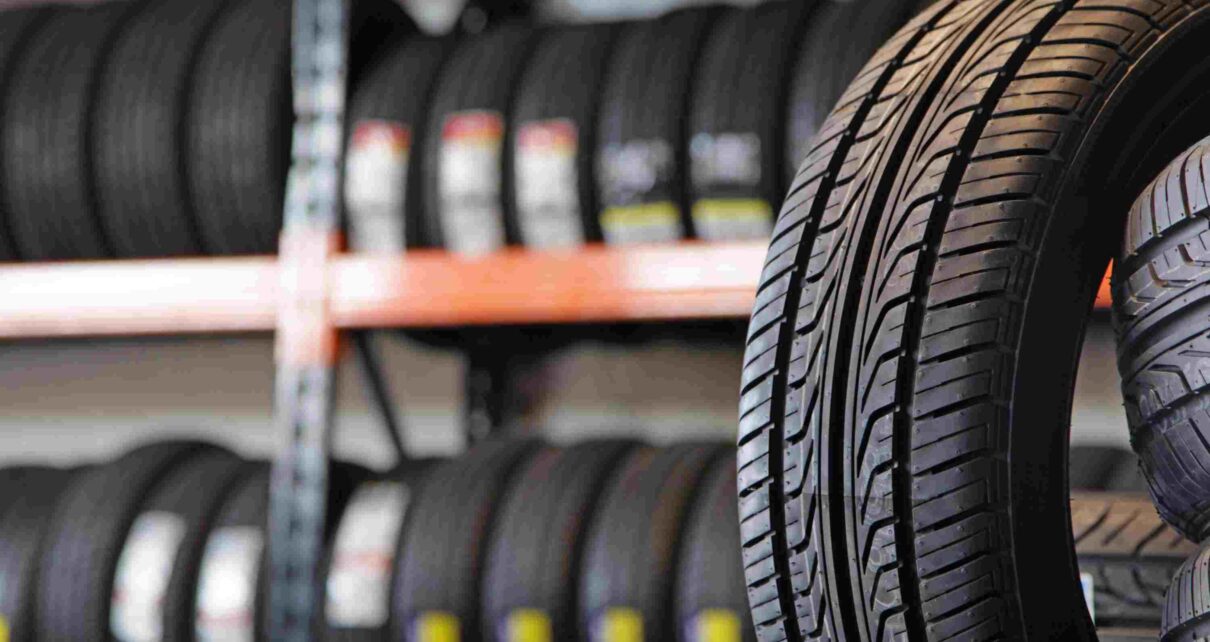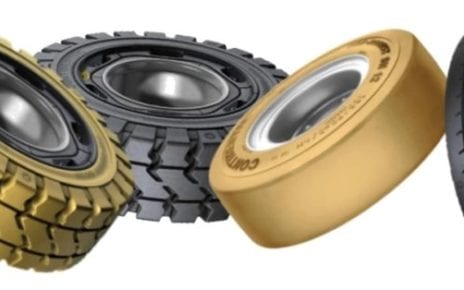Tire traction is a critical factor in road safety, influencing vehicle stability, handling, and braking performance. While tire tread may seem like a simple feature, its design plays a significant role in determining grip on various road surfaces.
In this guide, we’ll explore the science behind tire traction and delve into how different tread patterns affect grip.
Understanding these concepts can help drivers make informed decisions when selecting tires and emphasize the importance of regular tire service for optimal performance and safety on the road.
The Role of Tire Traction
Tire traction refers to the grip between the tire and the road surface, which is essential for maintaining control of the vehicle, especially in adverse driving conditions such as wet or icy roads.
Traction is influenced by several factors, including tire tread depth, rubber compound, and, most notably, tread pattern.
Different Tread Patterns and Their Impact on Grip
Tire manufacturers employ various tread patterns to optimize traction in different driving conditions.
Each tread pattern is designed to channel water, snow, or mud away from the tire’s contact patch, ensuring consistent grip and stability. Let’s explore some common tread patterns and their respective advantages:
1. Symmetrical Tread Patterns:

Symmetrical tread patterns feature uniform tread blocks arranged in a symmetric pattern across the tire’s surface.
These patterns offer balanced performance and traction on both dry and wet surfaces, making them suitable for everyday driving conditions. However, they may lack the specialized grip required for extreme weather conditions.
2. Asymmetrical Tread Patterns:
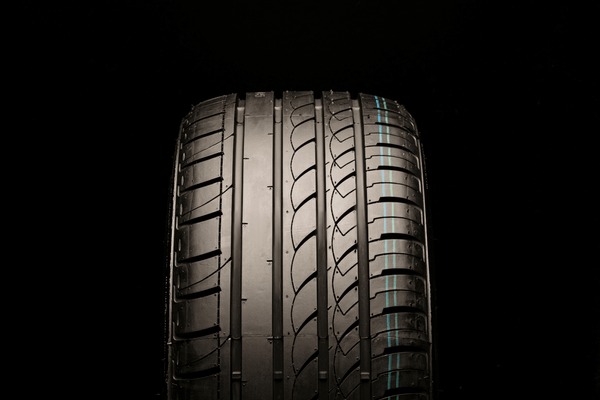
Asymmetrical tread patterns feature different tread designs on the inner and outer portions of the tire. This allows for optimized performance in various driving conditions, such as enhanced grip during cornering and improved traction on wet roads.
Asymmetrical tread patterns are commonly found on high-performance and sport-oriented tires.
3. Directional Tread Patterns:
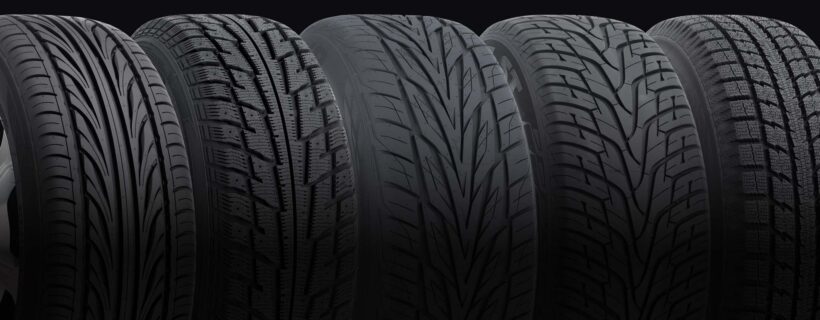
Directional tread patterns feature V-shaped or arrow-like tread blocks that are oriented in a specific direction to enhance water evacuation and reduce the risk of hydroplaning.
These patterns excel in wet and snowy conditions by providing superior grip and stability. However, they may exhibit increased road noise and limited tread life due to their specialized design.
4. All-Terrain Tread Patterns:
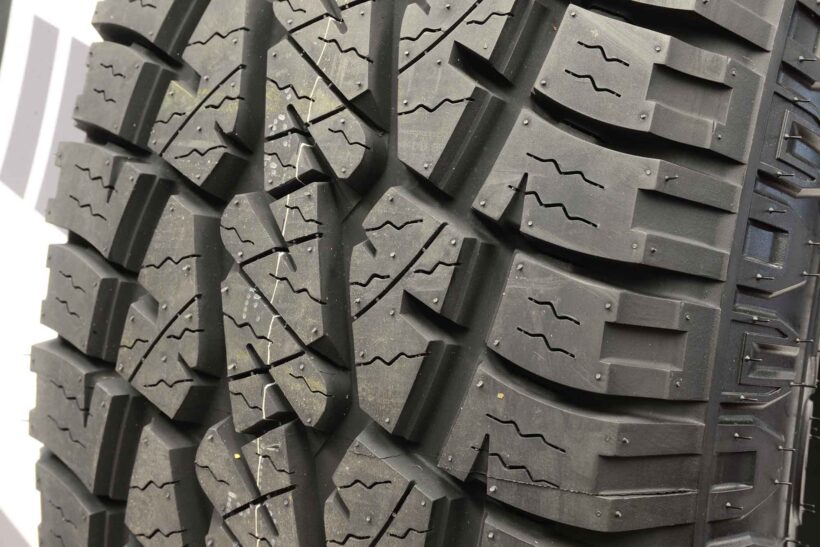
All-terrain tread patterns feature aggressive tread blocks with deep grooves and sipes designed to tackle a variety of off-road and on-road conditions.
These patterns offer excellent traction on gravel, mud, and snow, making them ideal for drivers who frequently venture off the beaten path. However, they may compromise on-road comfort and noise levels compared to other tread patterns.
The Importance of Regular Tire Service
Regardless of the tread pattern, maintaining optimal tire traction requires regular tire service to uphold safety and performance standards. This includes essential tasks such as tire rotations, alignments, and pressure checks, which play key roles in ensuring even wear across all tires.
Proper tire maintenance not only extends the lifespan of the tread but also preserves traction and stability on the road, especially during challenging driving conditions. Additionally, periodic inspections by qualified technicians are crucial for identifying potential issues such as uneven wear, misalignments, or tire damage that could compromise traction and overall performance.
By staying proactive with tire service, drivers can mitigate risks and enjoy a safer driving experience on every journey.
How Often Should I Have My Tires Serviced?
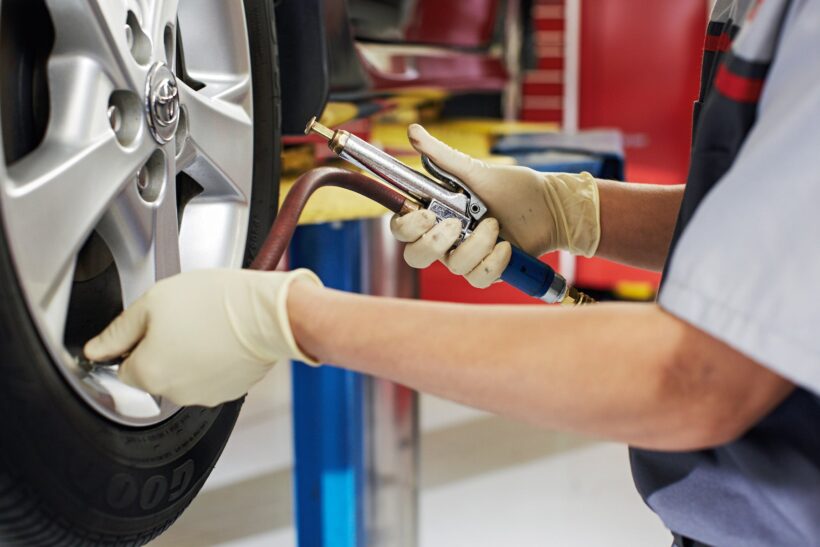
It’s recommended to have your tires serviced regularly, typically every 6 months or every 6,000 to 8,000 kilometers, depending on your driving habits and road conditions.
However, it’s essential to adhere to the manufacturer’s guidelines outlined in your vehicle’s owner’s manual and consult with a qualified technician for personalized recommendations based on your specific driving needs.
Regular tire service, including rotations, alignments, and pressure checks, ensures optimal traction, performance, and safety on the road.
Conclusion
Tire traction is a fundamental aspect of road safety, with tread patterns playing a crucial role in determining grip on various surfaces. Whether you’re navigating wet roads, icy conditions, or off-road terrain, selecting the right tread pattern can significantly impact vehicle stability and handling.
Understanding the science behind tire traction empowers drivers to make informed decisions when choosing tires and emphasizes the importance of regular tire service for maintaining optimal performance and safety on the road.
By prioritizing proper tire maintenance and selecting tires with appropriate tread patterns for your driving needs, you can enhance traction, stability, and overall driving experience. Remember, when it comes to tire service, investing in proactive care and maintenance pays dividends in safety and peace of mind on every journey.

